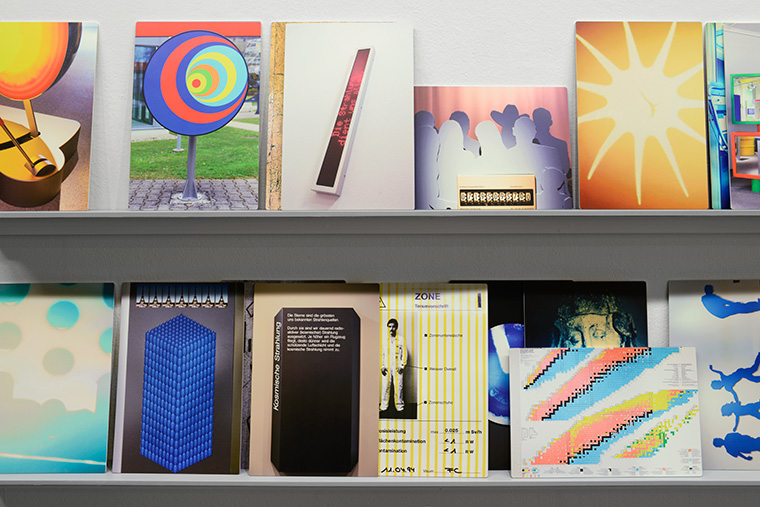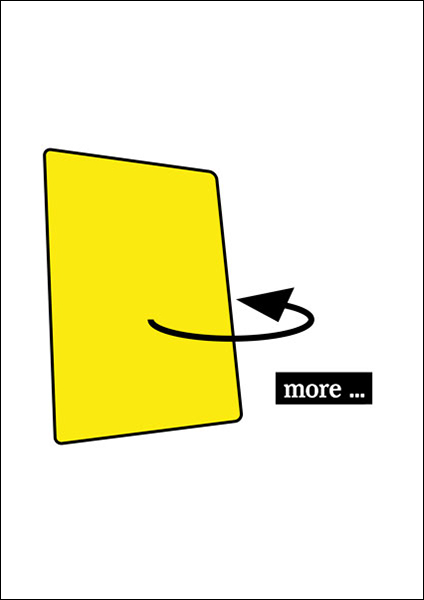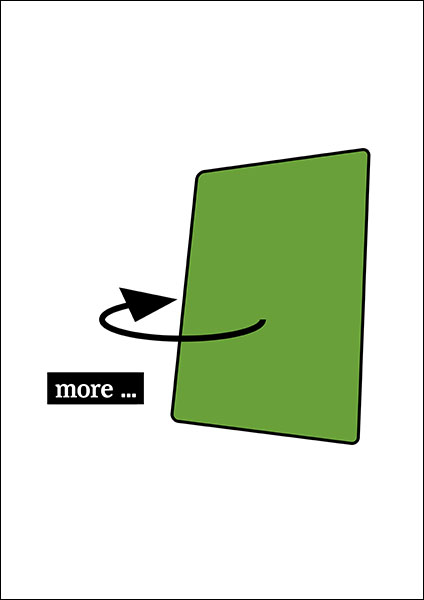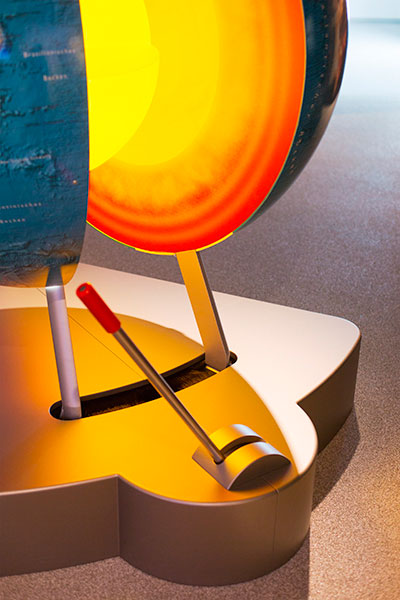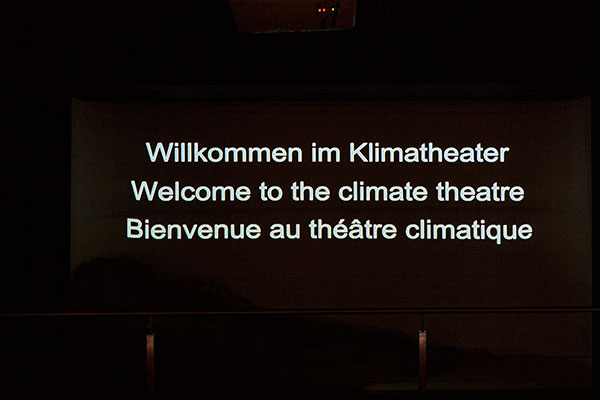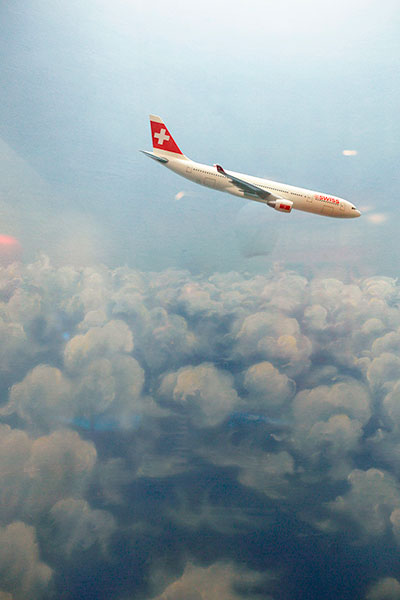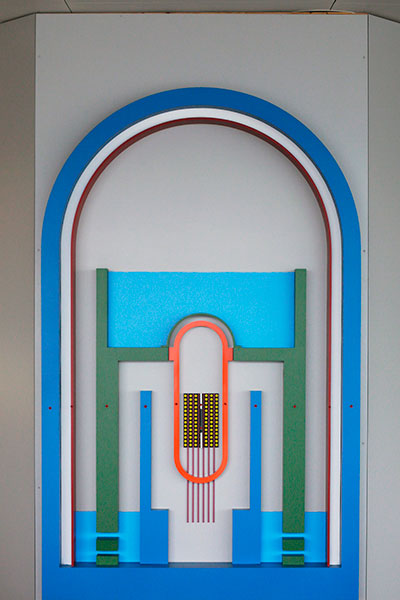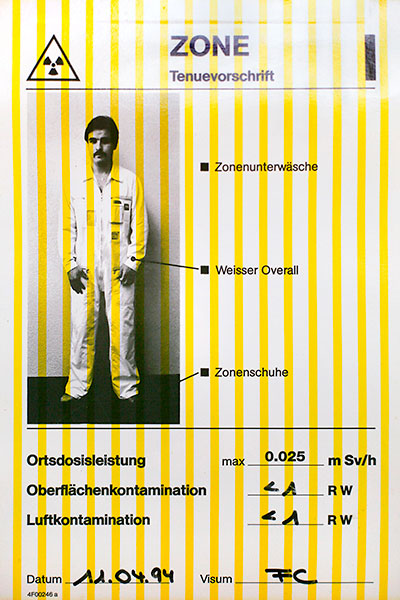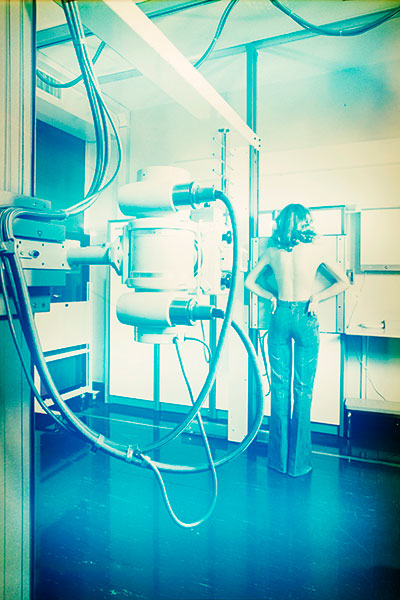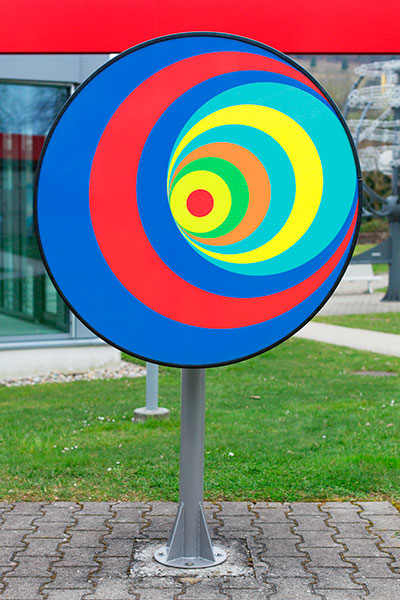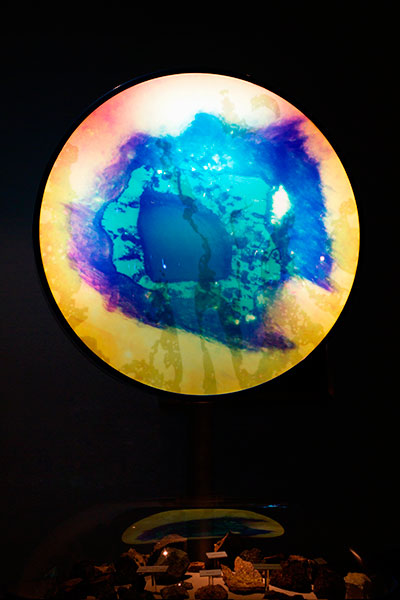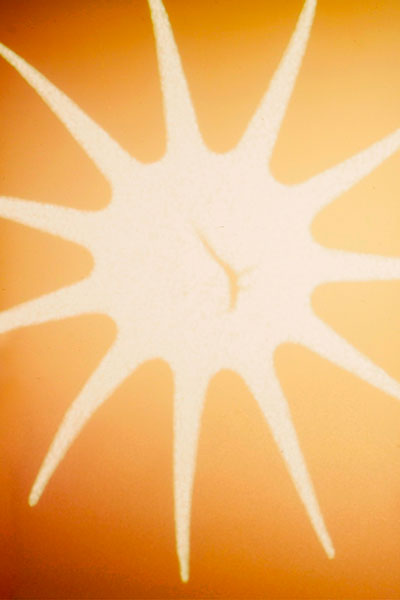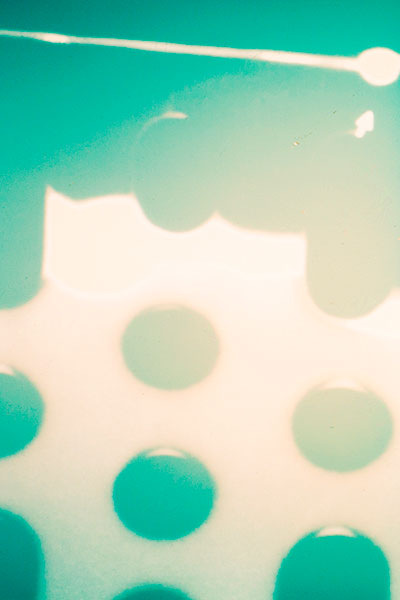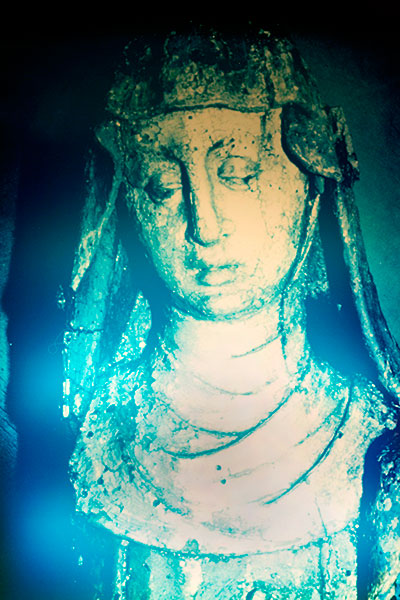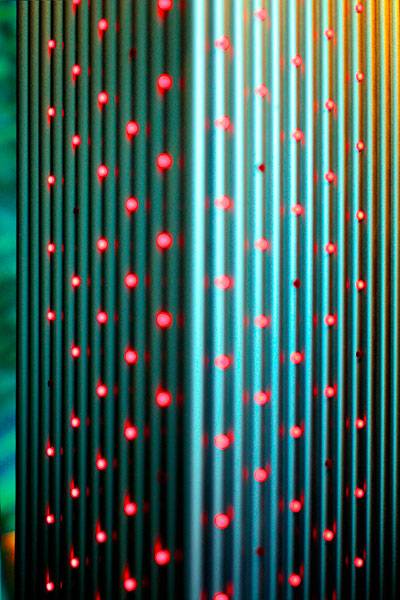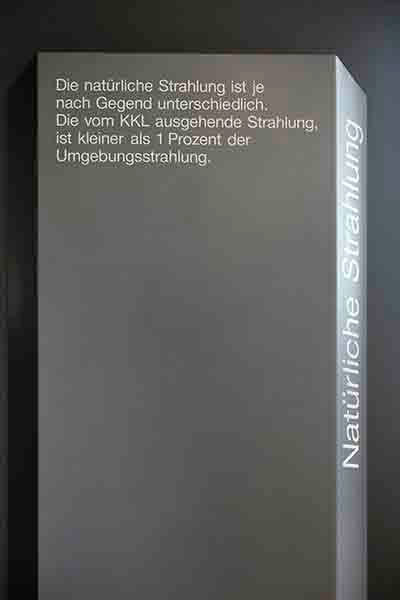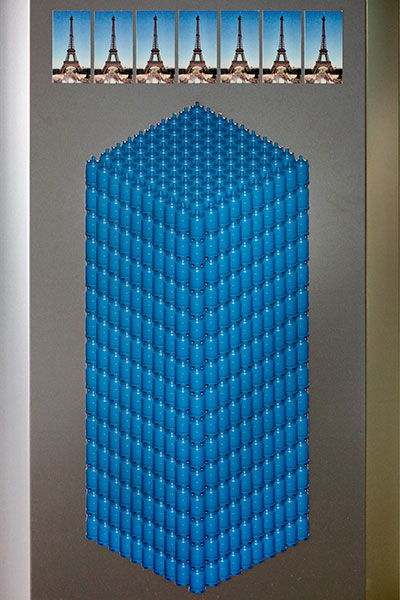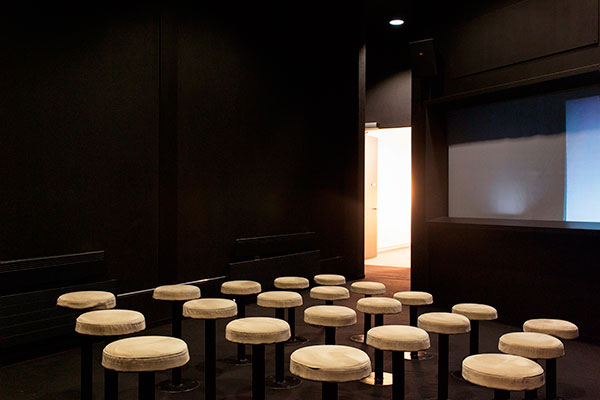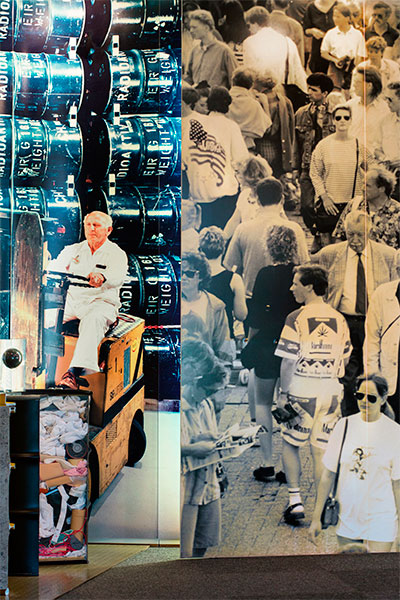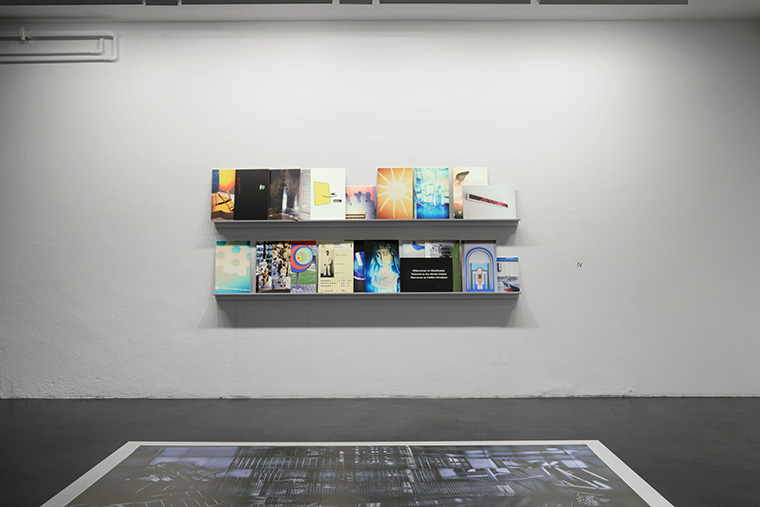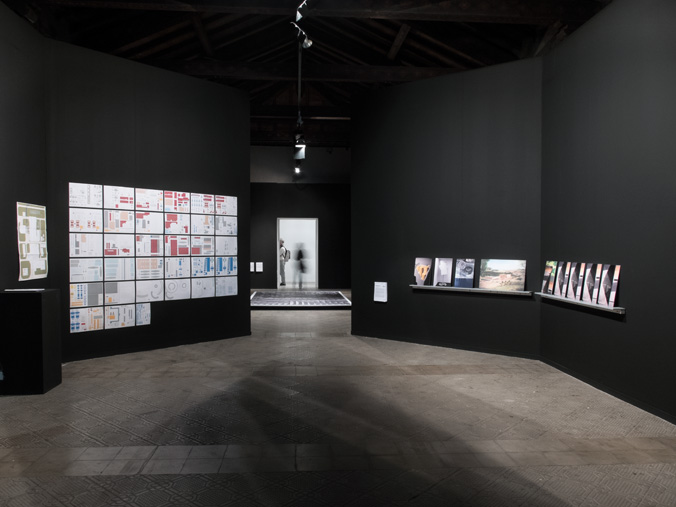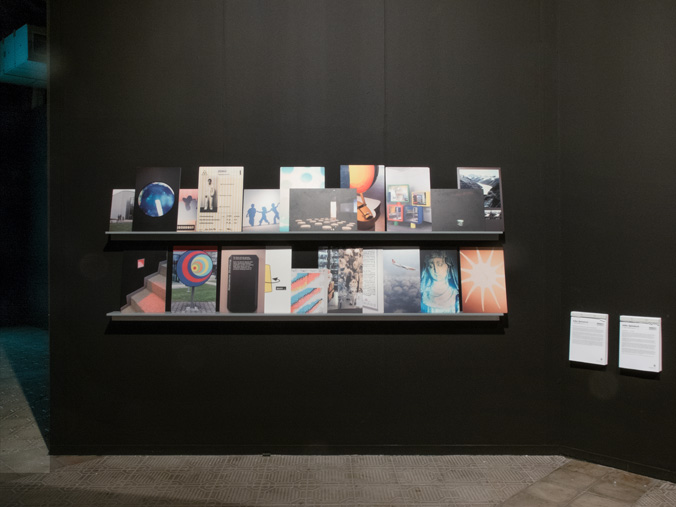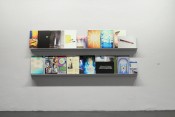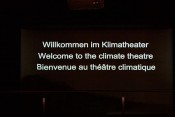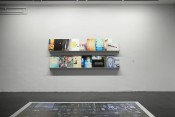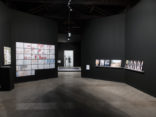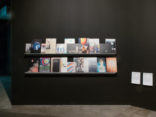IV : Normal Operation – Dose of Confirmation, 2013
In 2012, Jules Spinatsch unsuccessfully attempted to record a panoramic photograph in the control room of the Beznau nuclear power plant during normal daily operations. The operating company Axpo refused to allow this, saying that his photographic surveillance panorama method, which uses chance and loss of control as a creative principle, was dubious – and that it contradicted the security requirements. What was actually meant, was the security of control over image production.
Spinatsch found a new approach: a public visitor centre is an analogy of the functioning nuclear power plant. In Switzerland, every nuclear power plant also has a functioning visitor centre, due to public pressure for justification. It is the power plant’s justification mechanism. Laws of nature and phenomena are demonstrated there, comparisons are presented, technologies are explained, but assertions, pearls of wisdom and refreshments are also offered. Spinatsch visited the Beznau, Leibstadt and Gösgen nuclear power plants, taking photographs in the visitor centres from the perspective of a visiting citizen. There taking photographs is permitted, or even desired, so that what is learnt and experienced is passed on, because the operators are convinced that comprehension of a technology also leads to increased acceptance thereof among the public. Here, the propagandistic connotation is that explaining the functionality also naturally conveys the relevance of a technology.
The “Dose of Confirmation” section examines the didactic material that the operators of Swiss nuclear power plants offer their visitors. Here, the images and installations are subjected to a didactic reinterpretation, or rather “de-interpretation”, e.g. via selection, extraction, or the elimination of environment and context. Presented as double-sided printed panels, they stand crowded together on wall-mounted brackets. The visitors can pick up the panels, turn them around and recombine them; some images become visible, some become invisible and others are partially or entirely covered, because there is limited space on the “PR stage” and it is not enough for all at the same time. The visitor selects and constructs their version of things.
IV : Dose of Confirmation – Normalbetrieb, 2013
2012 versuchte Jules Spinatsch vergeblich eine Bewilligung zu bekommen, um eine Panorama-Aufnahme im Kontroll-Raum des Atomkraftwerks Beznau bei normalen Betrieb zu realisieren. Der Betreiberfirma Axpo war sein fotografisches Verfahren der Surveillance Panoramas, das Zufall und Kontrollverlust als kreatives Prinzip benützt zu suspekt. Es widerspricht der Forderung nach totaler Sicherheit. Spinatsch brauchte eine neue Idee, um den Normalbetrieb eines AKW zu zeigen. So untersuchte er das didaktische Bildmaterial, das die Betreiber der Schweizer AKWs ihren Besuchern anbieten.
Neben einem Atomkraftwerk in Betrieb steht, aufgrund des öffentlichen Rechtfertigungsdrucks, meist auch ein funktionierendes Besucher-Zentrum. Das Besucher Zentrum ist eine Analogie zum Kraftwerk selbst, und gleichzeitig sein Rechtfertigungsinstrument. Dort werden Naturgesetze illustriert, Phänomene vorgeführt, Vergleiche angestellt, Technologien erklärt und Erfrischungen angeboten. Spinatsch besuchte die die AKWs Beznau, Leibstadt und Gösgen und fotografierte im Besucher-Zentrum aus der Sicht eines normalen Besuchers. Fotografieren ist dort erlaubt oder sogar erwünscht, um die Message weiter zu verbreiten. Die Überzeugung und didaktische Hoffnung der Betreiber ist denn auch, dass durch das Verstehen einer Technologie auch dessen Akzeptanz in der Bevölkerung wächst. Propagandistisch hingegen wird suggeriert, dass die Funktionserklärung selbstredend auch den Sinn einer Technologie begründet.
Dieses Kapitel unterzieht die zur Erklärung eingesetzten Bilder und Installationen einer didaktischen Umdeutung, oder besser „Entdeutung“; zB. durch Auswahl, Ausschnitt oder die Eliminierung von Umgebung und Kontext. Die Bilder werden als doppelseitig bedruckte Tafeln präsentiert, die dicht gedrängt auf Leisten stehend an der Wand anlehnen. Die Besucher können die Tafeln in die Hand nehmen, wenden und neu kombinieren; Einzelne Bilder werden sichtbar, andere unsichtbar, wieder andere teilweise überdeckt, denn der Platz auf der „Bühne“ reicht nicht, um alle gleichzeitig zu zeigen. Jeder konstruiert seine Version der Dinge.

